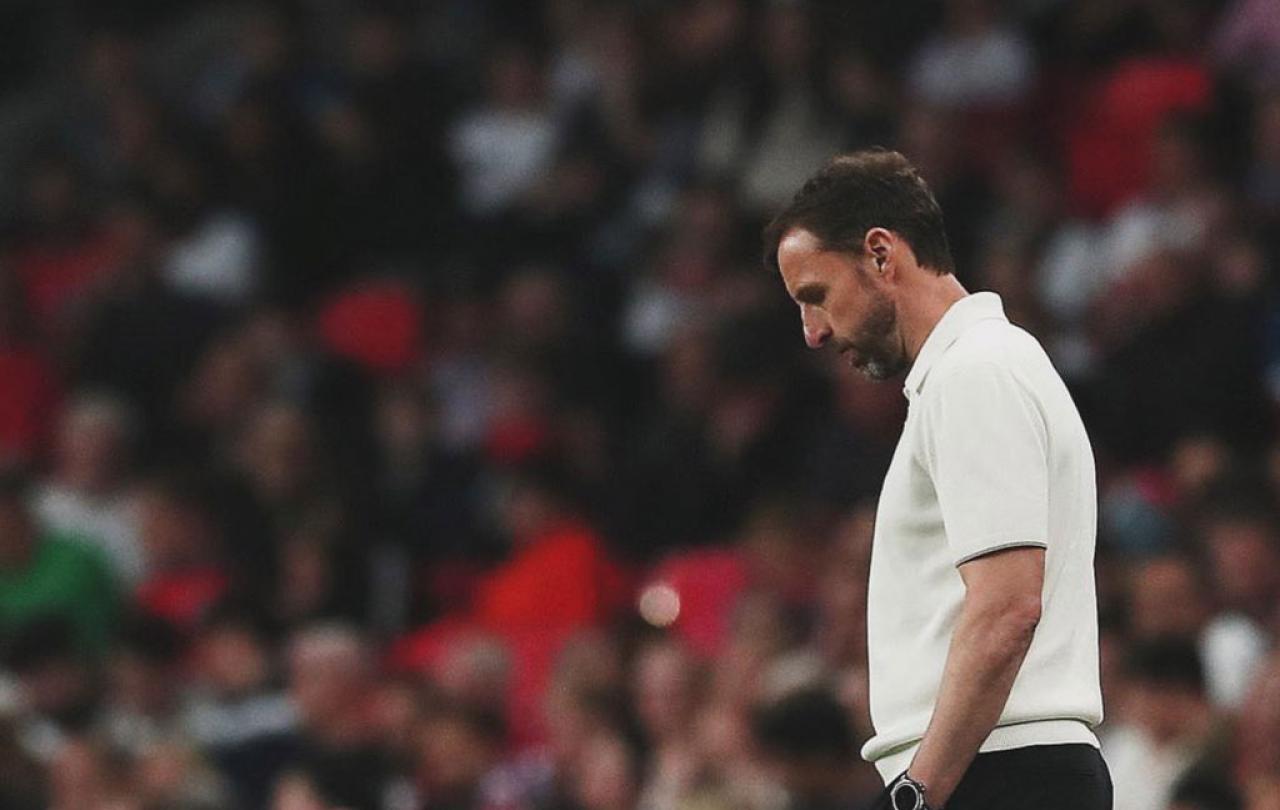
The Book of Heroic Failures, published by Stephen Pile in 1979, records a story of the Welsh Dean of St Asaph, Daniel Price, in the late 17th century. Contemporary biographer John Aubrey noted that Price was a “mighty Pontificall proud man.”
So proud that he declined to parade on foot outside his cathedral, but rather rode a mare in full vestments, reading from the Book of Common Prayer. Aubrey with precise economy describes what happened next: “A stallion happened to break loose, and smelled the mare, and ran and leapt her, and held the reverend dean all the time so hard in his embraces, that he could not get off till the horse had done his business.”
Unsurprisingly, Aubrey records that the good Dean “would never ride in procession afterwards.” He had clearly learned a lesson in humility. And one that would not have been taught had his ride passed with pompous dignity.
A question arises, pertinent for events today, as to whether we learn more from the indignity of failure than from the fruits of success. I’d like to suggest that we do, especially about the nature of our human condition.
Humans are pretty useless really and our default position is error and falling short.
No one doubts that had England won the European Football Championship it would have been the crowning adornment to manager Gareth Southgate’s career. England failed to do that, though we failed less than any other team (Spain doesn’t count because they didn’t fail at all). Now that Southgate has resigned and has time to reflect at leisure, perhaps he will learn at least as much and possibly very much more about himself than if he had raised the trophy.
US president Joe Biden would have had an altogether greater reckoning to face if he lost the election to Donald Trump than if he won it. Now he’s quit the race, arguably he has much more to learn from reflecting on his life and achievements. The Conservative Party has many lessons to learn about its 14 years in power from its abject defeat at the polls. Indeed, many parliamentary Tories believe that defeat was a requisite event for its reformation to proceed.
None of this is to suggest that failure of itself is a virtue. Nor is it just a morality tale that enjoins us to meet triumph and disaster and “treat those two impostors just the same”. A failed marriage, or failing health, or moral failures of a wider variety, cause destructive pain and trauma.
But it is to acknowledge that failure is part of the natural human condition. We’re in the territory of a flawed, fallen humanity here, one that theologians call postlapsarian, that is fallen from an ideal of perfection as dramatically portrayed in the Garden of Eden. Humans are pretty useless really and our default position is error and falling short.
Loss of innocence, injustice and failure meet in unholy alliance at Golgotha.
This isn’t, or should not be, depressing. At least not for people of faith, because it reflects the nature of humanity. Failure, if you will, is a gift of God in a fallen creation. We learn more from our failures than our successes, which is either a biological determinism in evolution or a means through which we strive for a new perfection. There’s a version of that they may be reciting to the England football team right now.
Christian faith sometimes concentrates too often on triumph over death and the idea of a heavenly kingdom where all is well, at the expense of recognising the reality of our world in which most things are very far indeed from well.
We might recognise it in a congregational tendency to skip over Good Friday to Easter morning. If we do so, we neglect to notice what an abject failure the insurgent Jesus movement was on its short journey of break-up from Jerusalem to Calvary. It, literally, dies.
Yes, we know what happens next. Or do we? The first witnesses to it certainly struggle to explain it in a manner that we might comprehend. But, in any event, loss of innocence, injustice and failure meet in unholy alliance at Golgotha.
The theologian John Macquarrie asks what happens if we feel compelled to draw the bottom line under the cross: “Would that destroy the whole fabric of faith in Christ? I do not think so, for the two great distinctive Christian affirmations would remain untouched – God is love, and God is revealed in Jesus Christ. These two affirmations would stand even if there were no mysteries beyond Calvary.”
No, our story doesn’t end there. But we can acknowledge that this is where we live in this world, at the foot of that cross. As the 17th-century French philosopher Blaise Pascal put it, the Christ “will be in agony until the end of the world.”
Let’s not be too miserable, because we do have the “mysteries beyond Calvary”. And let’s celebrate our earthly successes. But let’s also learn to embrace our failures and receive them as a gift, from football to politics.





